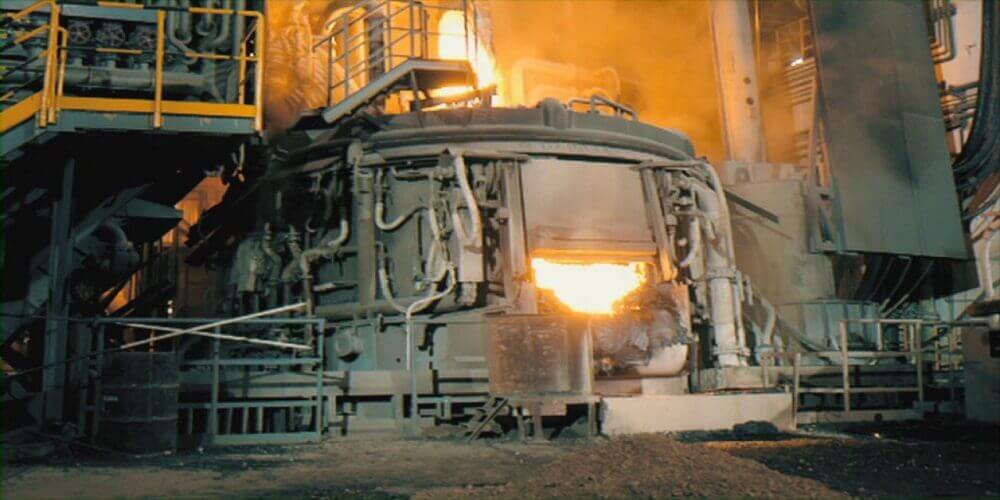Introduction
Forging is a process adopted by many manufacturing companies for the reformation of metals and metal products. During this process, a metal is transformed from one shape to another. It can also be used to either reduce or increase the size of metal.
Different industries employ different types of forging process. The type of forging process a company will go with depends largely on the type of metal being forged. Each of these processes comes with its benefits and downsides.
This article is aimed to provide detailed information about these various forging processes. It contains an overview, main advantages, and common application of these processes.
Classification of Forging Process
Forging process are classified into 3 main types and they are:
1. Open Die Forging
This method involves applying force to a base material on both sides using two leveled dies. The material is continually hammered with full force until it is reshaped into the desired form.
One advantage of this process is that it can move sideways and can therefore accommodate more components. Also, unlike every other type of forging process, only a small amount of waste product is produced.
It is mostly utilized by the railway and aircraft manufacturing industries. That is how they make large components such as rollers and cylinders needed for their manufacturing processes.
2. Impression Die Forging
It is also called Close Die Forging. It has a lot in common with the Open Die Forging explained above. It is also used to reshape metal materials using leveled dice. But the difference here is that instead of partially enclosing the base materials like in the open die method, the base material is completely enclosed.
Additionally, impression die forging requires more force during compression to enable the die cavities to full completely. Another difference is that the sizes of forged parts are not the same on both occasions. Open Die forging normally produces bigger forged parts.
One advantage this process has over the others is that their tolerance is tighter and it has a high surface finishing which in the long run reduces the general cost of production.
This method is widely applicable in the oil and gas industries, mining, and automotive industries. In these industries, Impression die forging is used in the manufacture of flanges, fittings, and other engine parts.
3. Cold Forging
Sometimes metals can be forged even while they are cold. This type of forging process does not require the use of heat and they include cold drawing, extrusion, coining, bending, and cold heading. These methods are also used to resize and reshape metal materials.
The advantage of this process is that it results in high-quality surface finishing. It is also more affordable because materials for cold forging are cheaper and the process does not require heat.
Application of Cold forging is normally seen in automotive industries where it is used in the production of braking components, gears, steering and suspension components, pinions, and axles.
Conclusion
Summarily, for most industries especially those who specializes in the manufacture of metallic products, forging process remains an indispensable production process.
